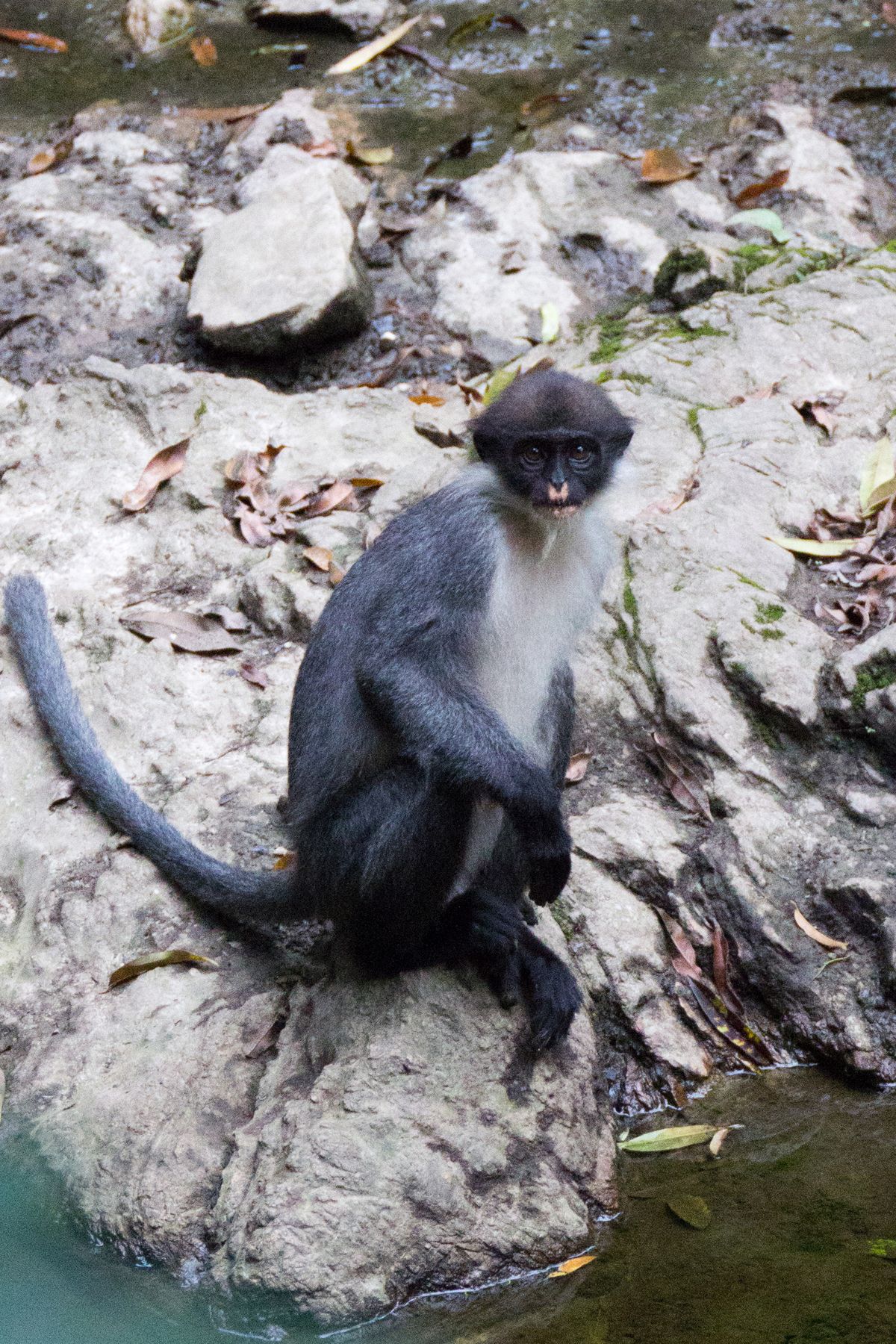About
Among the ravaged landscape of East Kalimantan hides a pocket of ancient forest, tucked within a maze of palm oil plantations and logging areas. Wehea Forest is one of the few remaining protected areas in this region of Indonesia, offering a rare glimpse into a Borneo forest at its purest.
Encompassing 38,000 hectares, a few parts of Wehea were logged selectively until 1996, though much of it remains untouched, primary growth. Portions of the forest are still so dense that only a small part has been explored to this day. Gazing out over such a primordial landscape offers a chance to be transported back in time.
The forest is home to a wide variety of plant and animal species, including Miller’s Grizzled Langur, a species of monkey thought to be extinct until scientists rediscovered it here in 2011. As of now, Wehea is the only place where they can still be found. While not the best place for wildlife viewing—a natural bi-product of a healthy forest, rife with foliage—visitors are offered the opportunity to spot orangutans, gibbons, hornbills, and even the highly elusive clouded leopard in the wild, on their own terms.
Viewpoints and waterfalls are within reach via day treks from the only lodge located within the forest's boundaries. At night, visitors may find themselves fighting for rest in the face of a cacophony of nocturnal bird calls and a burbling stream adjacent to their sleeping quarters; nature can be thunderous when permitted.
In addition to its ecological significance, Wehea maintains a specific cultural significance to the region's indigenous inhabitants. After deforestation caused increasing problems around their community, the Wehea Dayak tribe claimed the forest as traditional land in 2004, going so far as to issue customary laws to protect it. Best known for their former headhunting practices, preserving Wehea has allowed the Dayaks to maintain their strong traditional ties to the forest in the face of modernization. This same ethnic group now employs a team of forest guardians to patrol the area looking for illegal loggers and poachers. These patrol groups also serve as tour guides to the forest's non-native visitors, reinvesting all profits from Wehea's tourism into their ongoing conservation efforts.
Related Tags
Know Before You Go
Getting to Wehea is an adventure itself. The best way is to go by shared taxi from the East Kalimantan capital of Samarinda to Muara Wahau. From there, direct the driver to the village of Nehas Liah Bing, asking for the “Rumah Konservasi” (or conservation center). There, you can stay overnight in a very basic guest room before heading to the forest the next day. The forest is a 2-hour trip by truck over winding dirt roads.
Community Contributors
Added By
Published
May 16, 2016

























